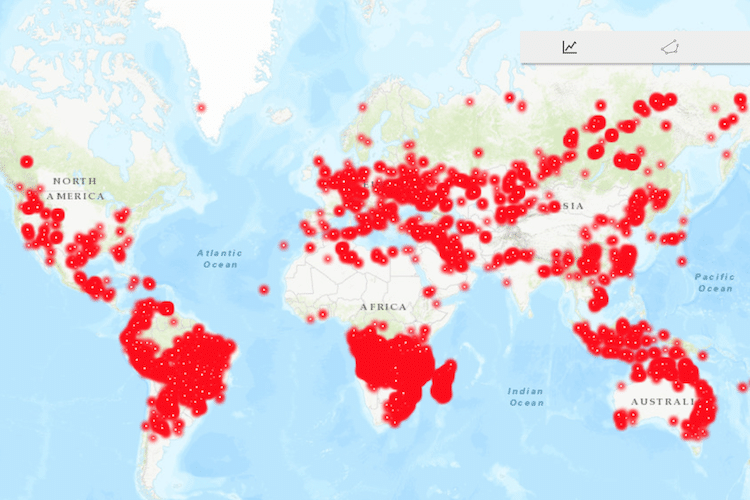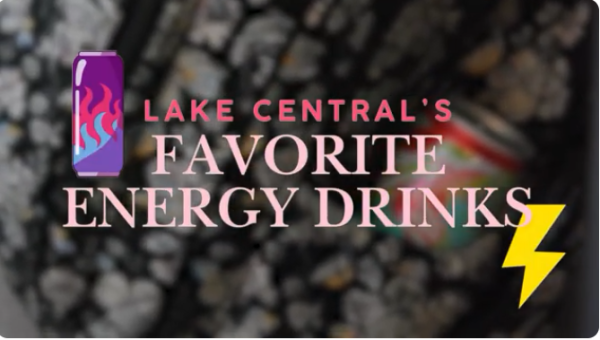The future in flames
The red dots on this map of our Earth represent the fires burning from late 2019 to early 2020. While most of the red is concentrated in places like Central Africa, Australia and Central America, there are still millions of fires in North America, Western Europe and other regions.
February 26, 2020
Throughout history, Earth has been burdened time and time again by fires, big and small. Whether they are caused by the climate or by people, they have ruined millions of miles in forests as well as houses. From the earliest recorded fire during the late silurian period to the current fires raging in the Democratic Republic of the Congo, each flame ignited ruins the globe more and more each time. To understand these raging infernos better, we need to look into specific regions ruined by wildfires and why they have occured.
One region that is currently burning would be the Amazon. These fires started due to mining, logging and agriculture as well as illegal fires that were started to clear low-level vegetation. In 2019 alone, there were about 89,178 fires, which is 30.5% more compared to 2018, when there were 68,345 fires.
Another area currently being consumed by smoke and flames is the central African countries of Mozambique, Angola, Zambia and the Democratic Republic of Congo. These fires often occur in the Congo Basin, which is also referred to as the “second green lung” of the planet (second to the Amazon). This Basin consists of many rivers, forests, savannas and swamps, including the Cuvette Centrale Peatlands. These peatlands are known to store around 30 gigatons of carbon, which is equivalent to global fossil fuel emissions for three years. The fires surrounding the peatlands are very dangerous and problematic due to their huge amounts of CO2 that they can release. Since this can have a significant impact on health, many schools and houses were evacuated.
The Australian Wildfires have also been one of the most publicized world topics in 2019. The record-breaking temperatures combined with severe drought have caused these massive bushfires across the continent. These fires have not only burned the homes of thousands, but they have also wiped out millions of animals who were native to the ecosystem. Although there has been cooler conditions and more rain, there are still more than 50 fires burning in New South Wales and Victoria.
Even though these regions account for only a small part of the world, they are still home to some of the most important ecosystems and environments. They give shelter to millions and millions of plants and organisms. While these regions’ natural resources are depleted faster by the second, many go through their life unaware of these global disasters. If we want our Earth to survive we have to fix our ways of life and the way we view our environment.















